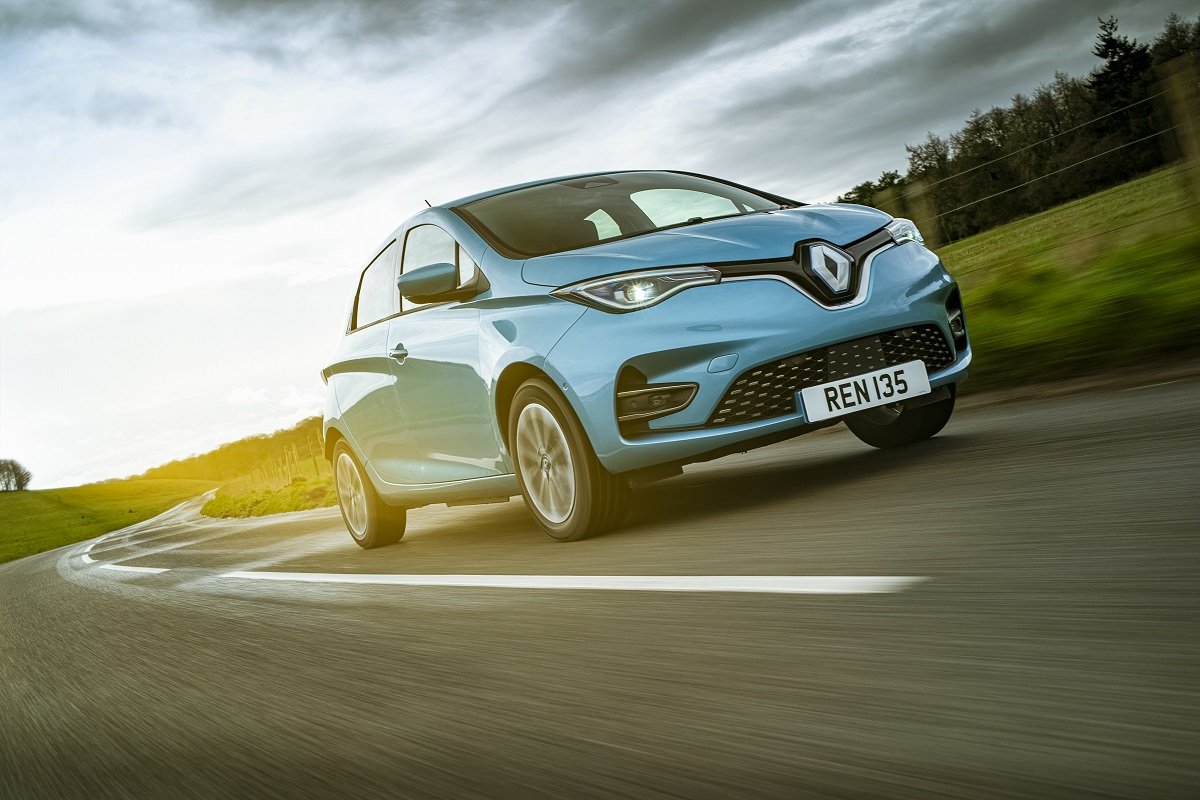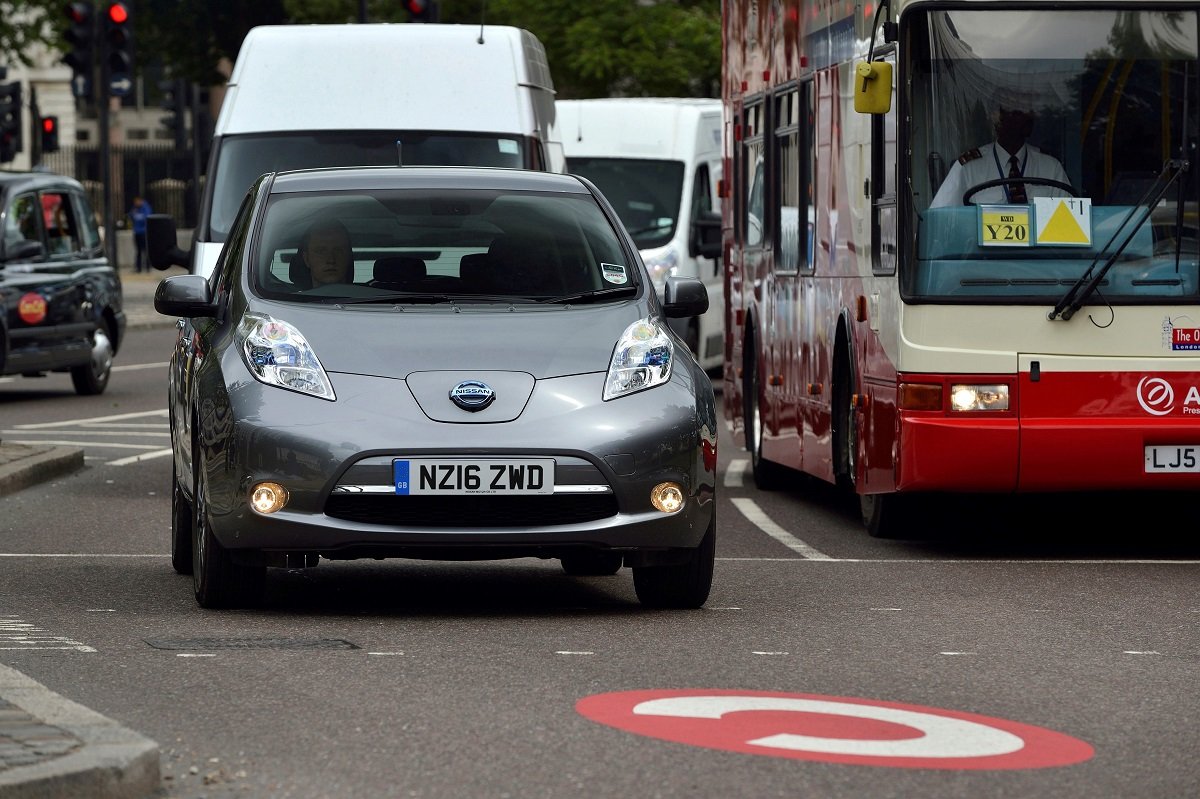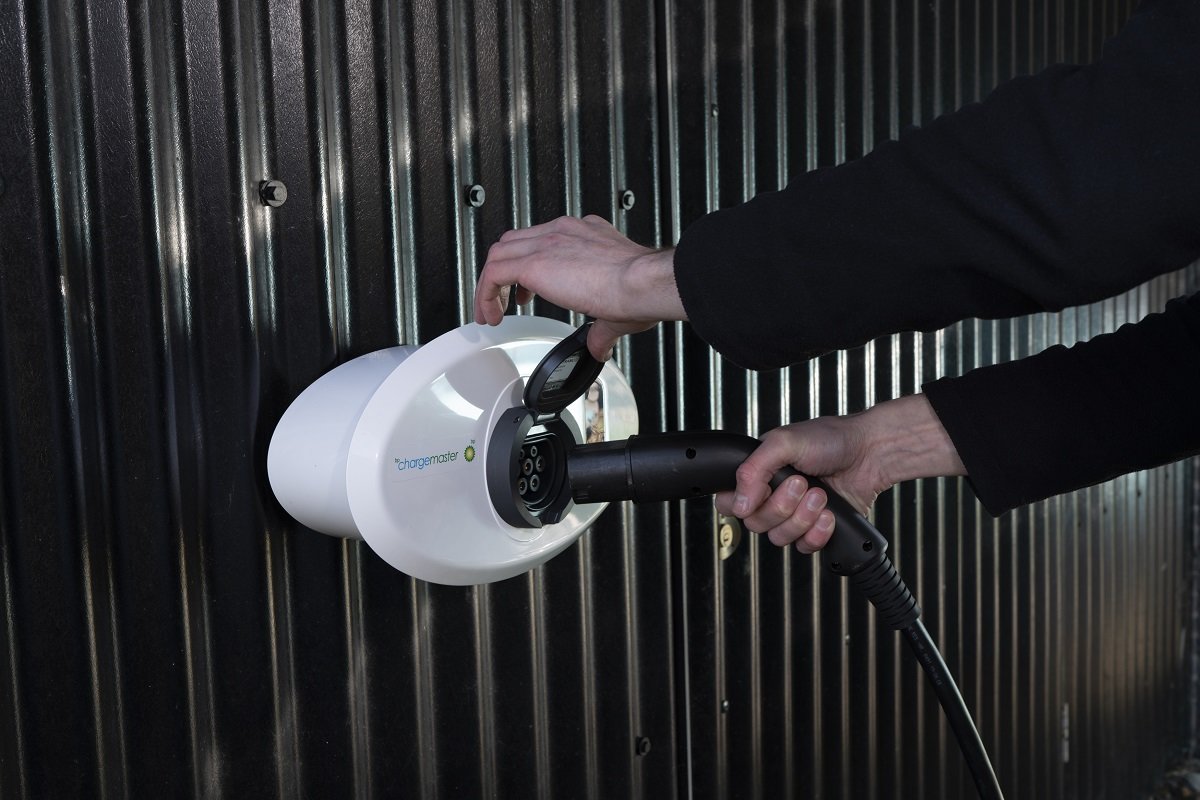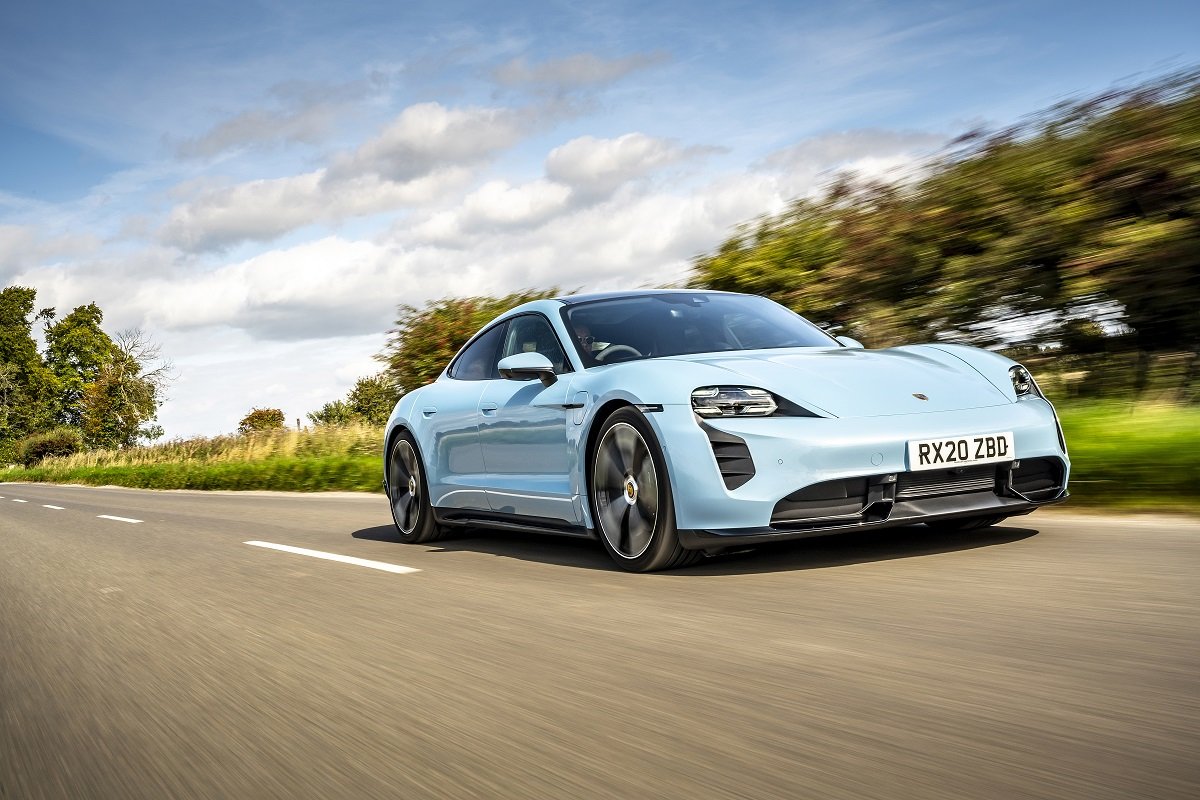There are many benefits to driving an electric car compared to running a conventional car with a petrol or diesel engine. The main attractions of electric vehicles are zero tailpipe emissions, as they produce no harmful greenhouse gas as they are driven, reducing the impact on climate change and air pollution.
Other advantages of using an electric car include reduced running costs, because electricity is cheaper per mile than petrol or diesel. And, because an electric motor has only one moving part, maintenance costs are also lower for an electric vehicle, while company car drivers enjoy lower tax bills.
Here are the benefits, and some of the drawbacks, of driving an electric car.

Environmental Benefits of Electric Cars
One of the main reasons many drivers are switching to an electric car is the environment. With no exhaust emissions from a tailpipe, electric vehicles (EVs) produce no carbon dioxide or greenhouse gas emissions as they drive along the road, unlike petrol, diesel, hybrid or even PHEVs (plug-in hybrid vehicles). This makes an EV ideal in towns and built-up areas where air pollution is a concern.
If you combine driving an electric car with choosing an energy supplier that guarantees to provide power from renewable energy source, you can further reduce your environmental impact. There is a government grant of up to £350 to install a home charger. However, the Plug-in Car Grant that gave buyers money off a new electric car was discontinued in June 2022.
While it’s true that electric cars require more energy to build than a car with a petrol or diesel internal combustion engine, this is decreasing with economies of scale. BMW, Tesla and Volkswagen have all introduced cars that are carbon neutral when they leave the showroom thanks to carbon offsetting and using green energy to make the cars.
Another less obvious upside to electric cars is they make much less noise as they drive along. It makes for quieter streets, though all new EV made since July 2019 must be fitted with AVAS (acoustic vehicle alert system) to let pedestrians and other road users know the car is approaching.

Electric Cars Have Low Running Costs
Much lower running costs are one of the big benefits of an electric car. Electricity is much cheaper than petrol or diesel. Typically, it costs £1.50 to travel 100 miles in a Renault Zoe compared to £10 in a conventional supermini like a Ford Fiesta. You may have to recharge the Zoe more often than filling the Ford, but the EV is still much cheaper on fuel costs per mile.
The cost of home charging an EV can be even less if you switch to a low-cost domestic energy tariff or have access to charging stations at work. In Scotland, electric car drivers have access to a wide network of public charging points through Charge Scotland, which only requires a £20 annual subscription. This is ideal for those who have to use street parking and don’t have access to a home wallbox charger.
Some petrol and diesel models come with regenerative braking, but electric cars make more use of this. In many EVs, like the Nissan Leaf, you can choose how much regenerative braking the car uses to recycle energy back into the battery as you slow down or brake. Depending on the car and your driving, regenerative braking can add up to 15 per cent extra to your electric driving range.
An electric motor has only one moving part rather than the hundreds of components used in the engine of petrol and diesel vehicles. This makes EV much cheaper for servicing, further helped by reduced brake wear thanks to regenerative braking. Other maintenance costs are lower, too, as an electric car doesn’t have a gearbox, exhaust or a complex engine cooling system.
Other financial benefits with an electric car are free parking in many cities and they are exempt from congestion charges like the one in London. That adds up to a big saving when many fossil-fuelled cars pay £15 per day to travel into London’s Congestion Charge zone, yet an EV driver could save £3,450 per year.
Company car drivers are being drawn to electric vehicles, such as the Tesla Model 3, as they sit in the lowest tax bracket for BIK (benefit in kind) tax. For a higher rate tax payer, this could mean saving £1,400 per year by driving an ID3 rather than a petrol-powered Golf 1.0 TSI. Increasing used values for EVs are also helping to reduce lease costs for company car and private drivers.

Electric Cars Tend to be Practical
Most electric cars are built from the beginning as EVs, which means the battery packs are stored under the floors. This keeps the majority of the car's weight low down within its structure to help lower the centre of gravity for better stability, and it also frees up space for passengers and luggage. Many electric cars have a large boot and some, like Tesla models, have storage compartments front and rear.
The charging point on electric cars may be in a different place depending on the make and model, such as on the side of a Jaguar I-Pace, but they are easy to access. Using a charging cable is as simple as plugging in the kettle at home, and most manufacturers provide an EV charging cable. You can also charge the car while you get on with other things, even leaving it to recharge overnight while you sleep.
Recharging times are getting quicker as the number of charging points increases and more powerful chargers are installed. A Porsche Taycan can go from almost empty to an 80 per cent charge in just 22 minutes with the fastest rapid chargers.
As battery technology improves all the time, the driving range of electric cars is increasing. Where it used to be normal for an EV to cover a maximum of 130 miles on a full charge, cars like the Kia e-Niro can cover up to 282 miles on a charge and some Teslas will cover more than 300 miles.
The driving experience of an electric car appeals to many drivers. With no gearbox, the acceleration is seamless and electric motors deliver almost instant power, so they can deliver strong acceleration when required. With the weight of the batteries carried low in the car, handling is good, and you don’t need to use the brakes as often thanks to regenerative braking in most EVs.

What Are The Downsides of Electric Cars?
Electric cars are very well suited to city driving and commuting, but they can still struggle with longer trips, such as when you go on holiday. This is due to the driving range of the battery and how long it can take to recharge it. Charge points can also be hard to find in some more remote areas, while driving in dark, wet and cold conditions will all drain the battery more quickly.
You need to know the electricity being fed into the car is from clean, renewable sources to ensure the car is not contributing to emissions and pollution. Even with green energy at home, it takes a long time to recharge using a domestic three-pin socket. Not everyone has a home charger or access to plug when parked on the street overnight, so you need to make sure you have public chargers nearby.
